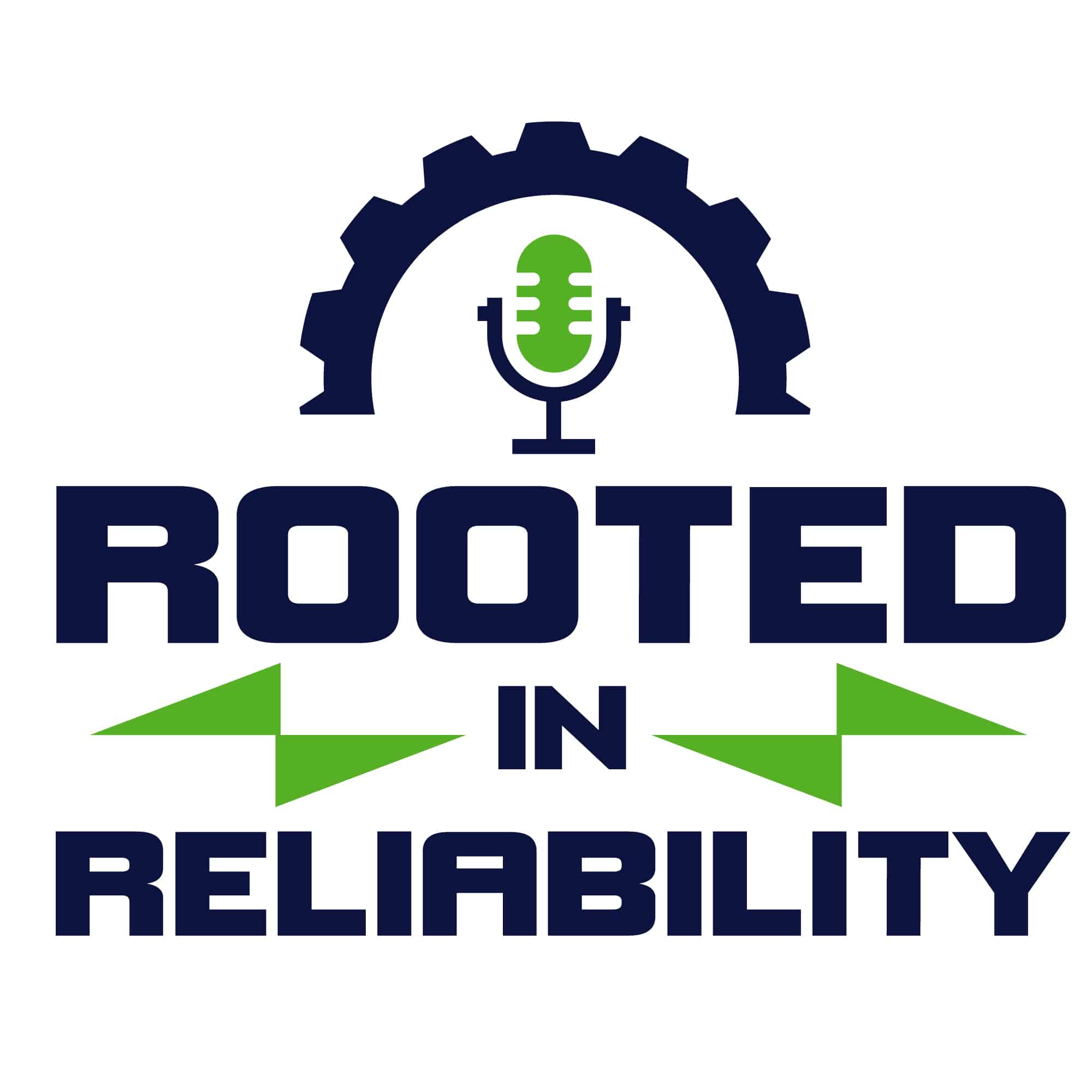
What is the Difference between RGA and Weibull with Fred Schenkelberg
Predictive maintenance is the backbone of reliability and maintenance industry. This is why every organization tends to use tools that can help them foresee the possible failures ahead of time and take preemptive measures. No matter how much you spend on building a sustainable program, there are always deficiencies left somewhere. You have to know at every stage what these deficiencies are to successfully get where you want to go exactly. This is where Reliability Growth Analysis (RGA) (or Crow-AMSAA, as oftentimes referred to) helps you with its wide applications. When you have a specific problem, focusing on a single failure mode, and have all the data related to it, it is good to use Weibull Analysis.
In this episode, we covered:
- What is Reliability Growth Analysis (RGA) or Crow-AMSAA, and how is that different from Weibull Analysis?
- Why is RGA so popular and widely adopted?
- Where are each of these models ideally used?
- How does censored data fit into both of these models? And how many data points do we need for each?
- Watchout or cautions before using any of these two models.
- And much more!
But what about when you have to deal with mixed failure modes and have no idea what to look for? What kind of failures are you going to deal with? Which component will it occur in? How would you know for sure that what you are doing is right? In situations like these, Weibull can’t provide you with everything you need. With Crow-AMSAA, you can not only predict system in a component against a precise timeline but also manage reliability in the whole system and even the whole facility.
Crow-AMSAA uses a graph between a failure and the time that helps you determine the growth in reliability. You can know the answers to questions like: Where we are at the reliability process? When will we get there? What you have to do to get there? It used the value of the slope of the graph that represents the trend in reliability, whether it is improving, static, or deteriorating. It is based on using the historical data from which you extend the scope of the failure based on indications when it is most likely that a system will undergo a failure.
You can use both single mode and mixed mode failure mechanisms in RGA. When you are assessing the whole system, you just have to put the failure data and the time between the failures. It gives you a model of reliability that allows you to determine which improvements were successful, date of repairs made, and much more. That way, you can determine the actual reliability versus the planned reliability, and how much it did and it would cost to achieve your reliability goals. It uses real-time data which is one of the reasons RGA is so good.
The applications of Crow-AMSAA are not just limited to reliability programs. It can be used in different areas of the business as well. It uses a failure distribution mechanism that gives you a precise idea when the future failures will occur. It is not that complicated to use because it is a simple statistical evaluation based on the pattern of failures. It does not only help keep the systems up and running but also helps you make decisions about your stocking strategy. When you know what to stock and how much of it, that means less extra cost and more value. It is an exploratory process and takes time to get it right.
You might be interested to check our other episodes with Fred Schenkelberg.
Related Contents:
- The “What” & “Why” of Weibull Analysis (article)
- Using the Maintenance Data You Already Have (article)
Eruditio Links:
- Eruditio
- HP Reliability
- A Smarter Way of Preventative Maintenance Free eBook
- inspired Blended Learning (iBL®)
- James Kovacevic’s LinkedIn
Fred Schenkelberg Links:
- Accendo Reliability
- Fred Schenkelberg
- Reliability.FM Network
- FMS Reliability
- SMRP 26th Annual Conference
- Recommended Resource: EdX Statistical Thinking for Data Science and Analytics

Rooted In Reliability podcast is a proud member of Reliability.fm network. We encourage you to please rate and review this podcast on iTunes and Stitcher. It ensures the podcast stays relevant and is easy to find by like-minded professionals. It is only with your ratings and reviews that the Rooted In Reliability podcast can continue to grow. Thank you for providing the small but critical support for the Rooted In Reliability podcast!
Leave a Reply